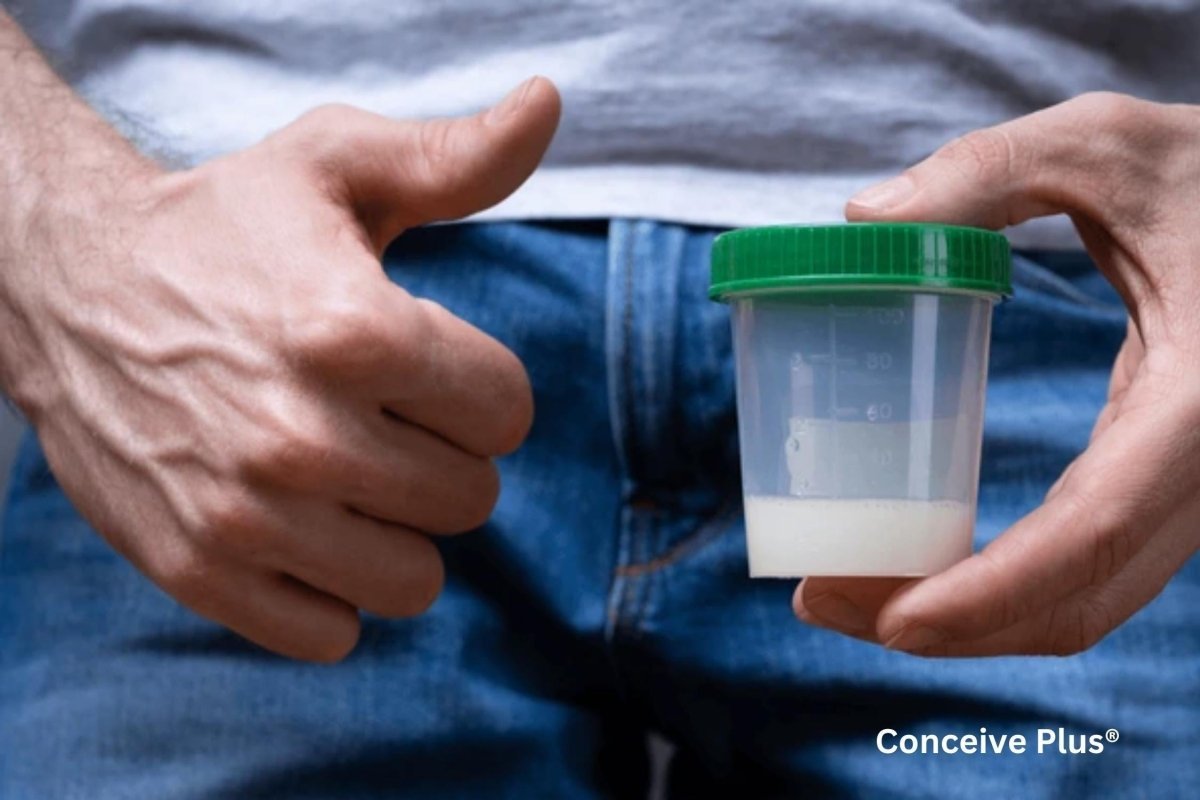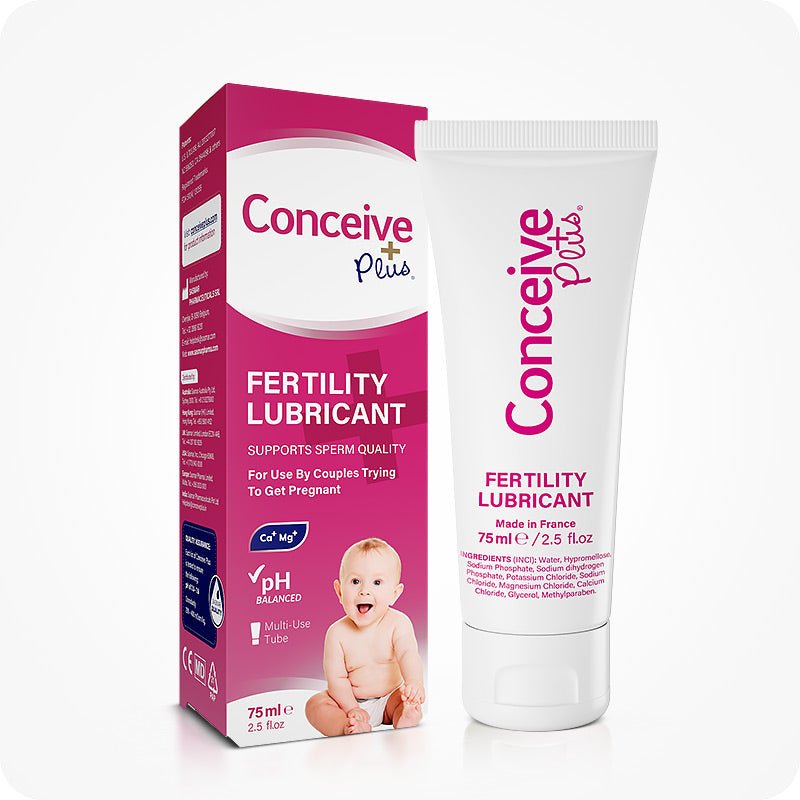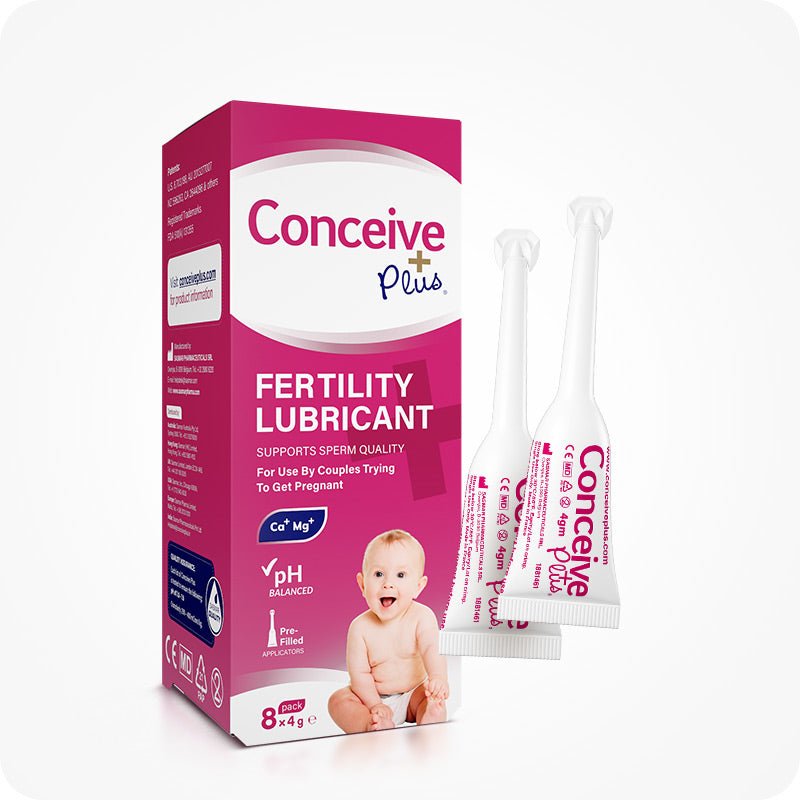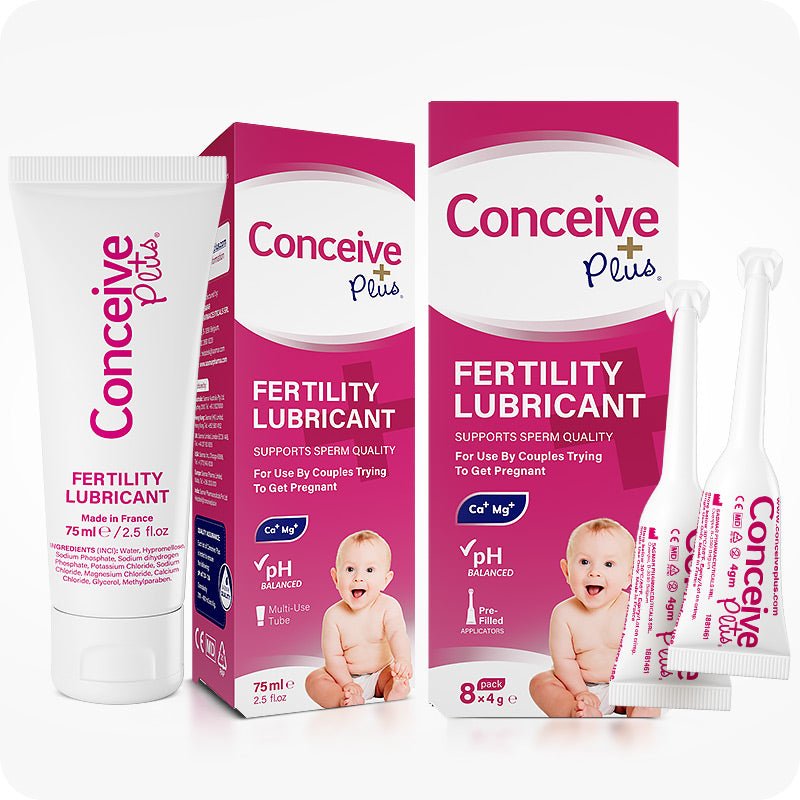How to Use a Sperm Concentration Test Kit?

Sperm are the male reproductive cells that fertilize a female egg to give birth a new life. For this fertilization to occur successfully, both sperm and egg health are critical factors. Problems with these reproductive cells can make it challenging for any couple to conceive.
Male fertility health can be evaluated by testing sperm cells and comparing the test results with evidence [1]. There are different methods of sperm testing, but one convenient tool that can help you test different sperm parameters at home is a sperm concentration test kit.
In this article, we will explore the basics of sperm health, why sperm concentration is essential for fertility, and the methods to test sperm count. The article also guides you on boosting your sperm count for improved chances of conception.
The Basics of Sperm Health and Fertility
Men produce sperm in the testes, where the process begins at the time of puberty and continues daily throughout life [2]. The testes create sperm and store them in the male reproductive system until ejaculation.
After ejaculation, sperm travel inside the female reproductive system to meet the egg. When sperm and egg cells meet, fertilization occurs which gives birth to a new life [3]. Only healthy sperm can effectively swim inside the female body and fertilize the egg for conception.
Problems with sperm, such as low count or poor movement, can make it hard for a male to conceive and start a family. Different factors contribute to harming sperm health, including a poor diet, stress, and exposure to toxins [4].
Key Factors that Determine Sperm Health
So, you know that sperm health is critical for male fertility, but what exactly defines a healthy sperm? Well, there are several parameters that differentiate a healthy and viable sperm from sperm that may struggle to fertilize an egg [5]. These parameters include sperm concentration, sperm motility, sperm morphology, and sperm volume.
-
Sperm Concentration
Sperm concentration refers to the number of sperm present per milliliter of semen. Reports show that a normal sperm count is 20 million to 200 million sperm cells per milliliter of semen [6].
A normal or higher sperm concentration is generally a positive sign of fertility. The more sperm cells are available, the higher the chance of sperm reaching the female egg and fertilizing it. You can measure sperm count at home with the help of specially designed sperm concentration test kits.
-
Sperm Motility
Sperm motility is the measure of how well sperm cells can move inside the female body to reach the egg. Good sperm motility is essential because sperm cells need to travel from the cervix, across the uterus, and into the fallopian tubes.
Tests like the sperm analyser or semen analysis can help determine how well your sperm can swim. If you have poor sperm motility, you can improve it by dietary changes, exercise, and other lifestyle improvements.
Male fertility supplements, such as Men’s Motility Support by Conceive Plus, can be a great option for improving sperm motility and increasing the chances of conception.
-
Sperm Morphology
Sperm morphology is a term for the shape and structure of sperm. Even if the sperm concentration is high and they have a good motility, lack of proper sperm structure can impact your chances of conception.
A normal sperm structure has a characteristic head and a long tail that support the swim of a sperm cell. A lack of proper sperm structure means defects of the head and tail, making it challenging for sperm to swim. You usually need to visit a fertility clinic for a detailed evaluation of sperm morphology.
-
Semen Volume
Semen volume is another important factor that determines how good a male fertility health is. Adequate semen volume ensures that enough sperm and other supporting secretions are present to increase the odds of fertilization. A semen test kit used in a clinic or even some advanced sperm analysis test kit products can help you measure sperm volume.
Different Methods for Sperm Testing
You can assess different aspects of sperm health either at home or by visiting a clinic for tests like semen analysis [1]. Each option has its own benefits and limitations, so the best choice depends on your specific needs.
At Home Testing Options
For many men planning to take a sperm test, privacy and convenience are essential factors. This is why the concept of at home sperm analysis test or at home sperm test kits are becoming very popular. You can check sperm at home with the help of sperm check kit with the following benefits:
- Simple Process: The process of testing sperm parameters at home is straightforward. Many kits come with clear instructions and require only a small sample of semen. At home test for sperm count is the most common type of sperm test that you can perform to quickly see if your sperm concentration is within the normal range.
- Instant Results: Devices like the at home sperm count kits and sperm count kit offer fast results. You do not need to wait for a lab to process your sample. Some kits even include digital readouts that help you understand your sperm count in a matter of minutes.
- Privacy and Comfort: Many men prefer to take an at home male fertility test because it allows them to perform the test in a private environment. This comfort can help reduce stress and make the process less intimidating. At-home tests are a good first step before seeking professional advice.
Clinic Testing Options
Clinic tests for evaluating sperm health might be inconvenient for many, but they offer a more comprehensive analysis. Doctors use specialized equipment and detailed procedures to assess all aspects of sperm health, maximizing the accuracy of the reports. The detailed benefits of choosing in-clinic sperm testing include:
- Comprehensive Analysis: Clinics use advanced methods to check various parameters such as motility, concentration, and morphology. A male fertility test conducted in a clinic can provide deeper insights that help in the diagnosis of different fertility issues.
- Expert Consultation: When you visit a clinic for a fertility test for men or fertility test men, a specialist can review your results and discuss the next steps. This is particularly useful if your initial results from an at home sperm test kit show areas that need further investigation.
- Accurate Measurements: Clinical tests use precise instruments to measure semen volume and sperm concentration. A sperm count test performed in a clinic can be more accurate compared to some at-home options.
How Do You Use a Sperm Concentration Test Kit?
A sperm concentration test kit helps you test the sperm count, which is a key factor in determining male fertility. For those wondering how to test male fertility with the help of at home semen analysis kit, here are clear and simple steps you can follow:
- Get a Sperm Count Test Kit: The first step is to buy a sperm concentration test kit, which is available online and at nearby pharmacies. Make sure you buy from a trusted brand with good customer reviews.
- Collecting the Sample: Once you have the sperm check test kit, read the instructions carefully on how to collect the semen sample. Most sperm test kits include a container for collecting semen, which is usually done through masturbation. Make sure to avoid any contamination in the sample, as it may affect the accuracy of the results.
- Testing the Sample: After collecting the semen sample, you will need to mix your sample with a provided reagent before placing it in the testing device. The testing device then checks the sample for sperm concentration within a few minutes.
- Understanding the Results: After testing, the kit will display your results. A sperm count test at home will usually show whether your sperm concentration is within a healthy range. If the results are unclear, it is recommended to consider a sperm check option at a fertility clinic to confirm the findings.
- Consulting a Professional: If you receive concerning results in your at home sperm count test, it is a good idea to seek professional advice. A doctor can perform a male fertility test using more accurate types of equipment for a detailed diagnosis.
Ways to Boost Sperm Concentration
If your sperm concentration test reports show a lower sperm count than normal, you must look for ways to boost your sperm conception. Yes, it is possible to improve your sperm count and overall fertility naturally with the help of some dietary and lifestyle modifications. These include:
-
Eat a Healthy Diet
Studies show that certain nutrients in your diet support sperm production process and improve sperm count [7]. Foods rich in zinc, vitamin C, and omega-3 fatty acids are excellent choices for boosting sperm count.
Foods with beneficial nutrients for sperm include fruits, vegetables, whole grains, and lean proteins. It is also essential to avoid processed foods, sugary drinks, and excessive caffeine, as they can harm sperm count and overall sperm quality.
-
Exercise Regularly
Moderate exercise increases testosterone levels, which is directly associated with sperm production. Activities like jogging, cycling, or strength training help maintain a healthy weight, which has a strong influence on sperm health.
However, excessive exercise or using steroids can reduce sperm count. This is why it is recommended to stay active with moderate exercises without overworking your body.
-
Reduce Stress and Get Enough Sleep
High stress can lower testosterone and decrease sperm concentration. Incorporate relaxation techniques like meditation and yoga in your daily routine to manage stress. Getting at least 7 to 8 hours of sleep each night helps the body regulate hormone levels. Poor sleep can negatively affect sperm count and overall fertility over time.
-
Avoid Smoking, Alcohol, and Drugs
Studies show that smoking reduces sperm count and negatively impacts sperm quality [8]. Alcohol consumption in large amounts can lower testosterone levels, which reduces sperm count.
Drugs like marijuana and anabolic steroids also harm sperm production and lead to lower sperm count. If you are using such substances, you can improve your sperm count and overall fertility by stopping their use.
The Bottom Line
Sperm count or sperm concentration is a parameter of sperm health that represents how many sperm cells are present per milliliter of semen. A lower sperm count decreases the likelihood of sperm reaching and fertilizing the female egg.
You can check if your sperm count is normal with the help of a sperm concentration test kit. These kits come with all the equipment you need to test sperm concentration and get valuable insights into your fertility. If you find your sperm count lower than normal, different dietary and lifestyle modifications can help.
In cases where a person is struggling to conceive even after taking steps to improve sperm count, it is a good idea to talk to a fertility specialist for a detailed evaluation of fertility health.
Resources Used
- Sunder, M., & Leslie, S. W. (2022, October 24). Semen analysis. StatPearls. StatPearls Publishing. Retrieved from https://www.ncbi.nlm.nih.gov/books/NBK564369/
- Gilbert, S. F. (2000). Developmental biology (6th ed.). Sinauer Associates. Retrieved from https://www.ncbi.nlm.nih.gov/books/NBK10095/
- Oliver, R., & Basit, H. (2023). Embryology, fertilization. In StatPearls. StatPearls Publishing. Retrieved from https://www.ncbi.nlm.nih.gov/books/NBK542186/
- Kumar, N., & Singh, A. K. (2022). Impact of environmental factors on human semen quality and male fertility: A narrative review. Environmental Sciences Europe, 34(1), 1-13. https://doi.org/10.1186/s12302-021-00585-w
- Omu, A. E. (2013). Sperm Parameters: Paradigmatic Index of Good Health and Longevity. Medical Principles and Practice, 22(Suppl 1), 30. https://doi.org/10.1159/000354208
- Semen analysis: MedlinePlus Medical Encyclopedia. (n.d.). https://medlineplus.gov/ency/article/003627.htm
- Skoracka, K., Eder, P., Łykowska-Szuber, L., Dobrowolska, A., & Krela-Kaźmierczak, I. (2020). Diet and Nutritional Factors in Male (In)fertility—Underestimated Factors. Journal of Clinical Medicine, 9(5), 1400. https://doi.org/10.3390/jcm9051400
- Tang, Q., Pan, F., Wu, X., Nichols, C. E., Wang, X., Xia, Y., London, S. J., & Wu, W. (2019). Semen quality and cigarette smoking in a cohort of healthy fertile men. Environmental Epidemiology, 3(4), e055. https://doi.org/10.1097/EE9.0000000000000055
Buy sperm count supplements for the best products to increase sperm count for men. Shop natural sperm count enhancers and quality vitamins to improve sperm count. Conceive Plus Men's Fertility products are the best products to increase sperm count and sperm volume - trusted by Doctors and fertility experts since 2008!













